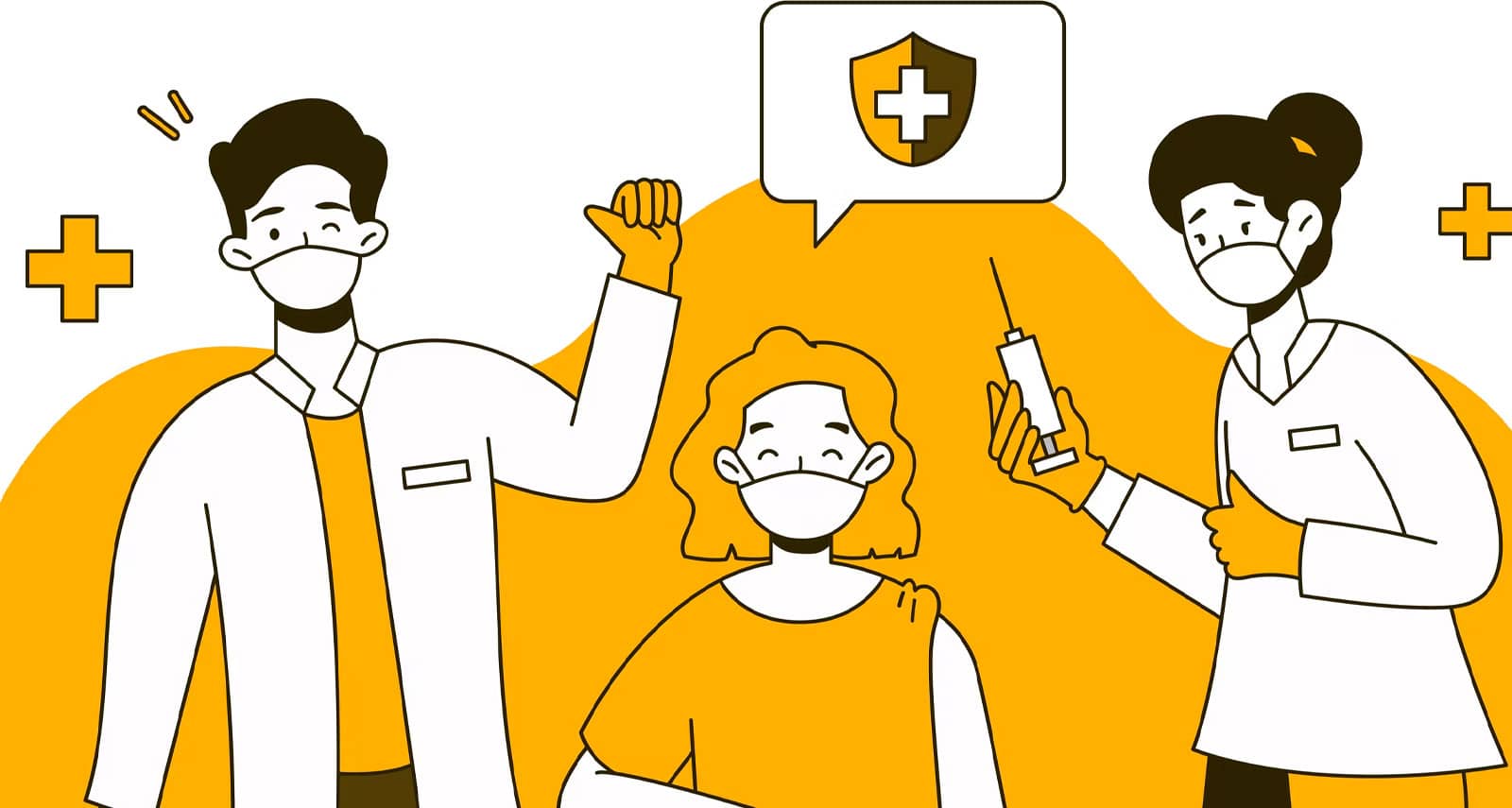
- Dr. Desaline Joseph, Dr. Nomsa Maphango, Dr. Judith Antwi
- April 1, 2021
Facebook
Twitter
WhatsApp
Telegram
Email
COVID–19 in Children: What you need to know
Children and young people may have not only been affected by physical illness, but many have had their education disrupted and may be suffering from psychological effects of living in a pandemic.

Covid-19 is the name of the disease caused by the Corona Virus SARS-Cov-2 (Severe Acute Respiratory Syndrome Corona Virus 2). Its spread around the globe prompted the World Health Organisation (WHO) to declare a pandemic in March 2020. Covid-19 spreads if an infected person coughs, sneezes or speaks to another person and is within 6 feet. Virus particles can also remain on inanimate objects. If touched and then contact is made with the eyes, nose or mouth, this can also promote spread. Someone can have the virus but not show symptoms (for up to 14 days) or be symptomatic.
Most severe cases and deaths from the disease have been in the adult population. Children have lower infection rates and lower rates of severe disease in terms of Covid -19. The risk of severe disease increases if a child has an underlying condition. The evidence suggests that most children who are affected (90%), catch the virus from an adult in their own household. It is uncommon for children (with symptoms) to spread the disease outside the home. Washing hands, maintaining a safe distance (1-2 feet) and wearing a mask (in the over 12s) is important for adults and children, as well as following government advice. Those eligible should consider getting the vaccine (only adults are being offered it at present).
In May 2020, several children presented with a new condition called Paediatric Inflammatory Multisystem Syndrome – Temporally Associated with SRAS-CoV-2). The symptoms develop normally, 4-6 weeks after a child has either been exposed to Covid-19 and has been asymptomatic or had a mild version of the illness themselves. It is thought to be a rare complication of the disease, but serious, in particular because of inflammation to internal organs (heart, lungs and brain). Its symptoms overlap with a condition called Kawasaki Disease and with toxic shock syndrome. There has been a predominance of cases in Afro-Caribbean heritage children. Some children have had heart (cardiac) complications, and some patients have required intensive care.
These are the signs/symptoms to look for in a child (that may indicate PIMS-TS):
- 4 to 6 days of fever
- Abdominal pain (which mimics appendicitis)
- Vomiting and diarrhoea
- Rash
- Red eyes (conjunctivitis)
- Breathing difficulties (but these are often absent)
- Confusion (this is always a sign of serious disease), headache and lethargy.
If a parent is concerned that their child is unwell, medical advice should be sought as usual. General practice surgeries and hospitals are open, and paediatricians are keen for parents to avoid delays in seeking help. The NHS.UK website contains many guidelines that parents can use to manage minor illnesses and injuries. Children are also welcomed for assessment for minor illness and injury at local walk-in Urgent Treatment Centres. However, when unsure, parents should call the GP surgery for guidance during office hours or 111. Where a child is very unwell or seriously injured then call 999. This is often safer than attempting to transport a child to the emergency department yourself.
Children and young people may have not only been affected by physical illness, but many have had their education disrupted and may be suffering from psychological effects of living in a pandemic. Most schools in England have school nurses and psychologists or counsellors who also work closely with the Child and Adolescent Mental Health Services. Parents may approach schoolteachers to request support from these individuals. In some areas, children and their parents can approach the mental health services directly without a need for referral. Again, your GP would be able to signpost you to these or assign a social prescriber to help you find the best services for your child at the time. Local council websites will also have details of DBS-checked charities that provide support for children and young people.
NHS advice – How to assess for fever in children: https://www.nhs.uk/conditions/fever-in-children/
NHS advice – How to look after a child’s mental health: https://www.nhs.uk/oneyou/every-mind-matters/childrens-mental-health

How Should Christians be Different?
September 6, 2023

The Pastoral Caregiver – Bearer of Stories
September 6, 2023

What Takes to be Different?
September 6, 2023

The Beauty of Diversity Within the Body of Christ
September 6, 2023

The Butterfly, an Object Lesson of Transformation
September 6, 2023

Mitigating the Risks of Cultural Compromises
September 6, 2023

Embracing Christ-Centered Counterculture
September 6, 2023








